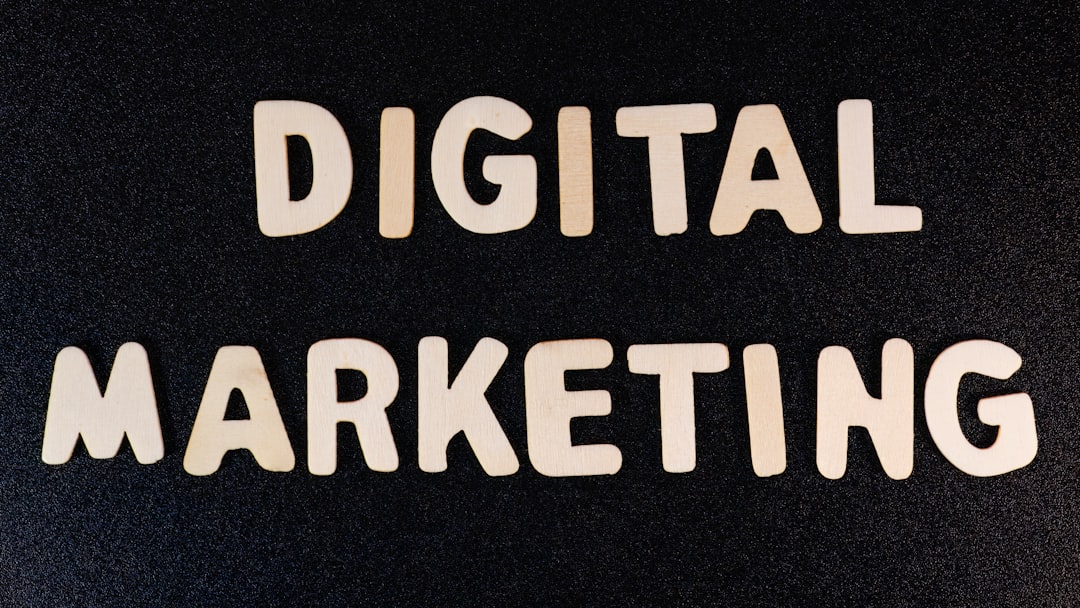In the ever-evolving landscape of digital marketing, businesses are constantly looking for effective strategies to fuel growth and maximize profitability. While acquiring new customers is essential, retaining existing ones often proves to be far more cost-effective and ultimately more valuable. This is where retention marketing comes into play—a strategy centered not just on getting people to buy, but on keeping them coming back.
What Is Retention Marketing?
Retention marketing refers to the various initiatives businesses employ to increase the likelihood of a customer returning and making additional purchases. Rather than focusing solely on outreach to potential new buyers, retention marketing emphasizes nurturing existing relationships to increase customer lifetime value (CLV).
Unlike acquisition tactics which are transactional by nature, retention marketing seeks to build trust, loyalty, and long-term engagement. By understanding customer behavior and preferences, companies can foster a more personalized and enduring connection with their audience.

Why Is Retention Marketing Important?
The benefits of an effective retention marketing strategy are both tangible and strategically critical. Consider the following reasons why businesses should prioritize retention alongside acquisition:
- Cost efficiency: It is typically 5 to 7 times more expensive to acquire a new customer than to retain an existing one.
- Increased lifetime value: Loyal customers are more likely to make repeat purchases and spend more over time.
- Improved brand advocacy: Happy customers often become enthusiastic promoters who recommend your brand to friends and family.
- Higher ROI: Personalized, retention-driven campaigns tend to yield a higher return on investment compared to generic outreach strategies.
Ultimately, retention marketing isn’t just a defensive tactic—it’s a powerful tool to create consistent and sustainable growth.
Key Components of Retention Marketing
A well-balanced retention strategy targets various stages of the customer journey. Below are several core elements necessary for success:
1. Customer Segmentation
Not all customers behave the same way. Retention starts by categorizing customers into different segments based on criteria like shopping habits, engagement levels, or lifetime value. This empowers marketers to tailor content and offers accordingly.
2. Personalization
Today’s consumers expect and respond better to personalized experiences. Whether through targeted emails or product recommendations based on past purchases, personalization fosters deeper connections and enhances relevance.
3. Loyalty Programs
Rewarding repeat customers with exclusive deals, points-based systems, or special tiers helps reinforce positive behaviors and creates value for staying loyal. These programs act as strategic incentives that encourage continued business.
4. Email and SMS Campaigns
Communication is key to maintaining engagement. Email and SMS marketing remain among the most effective tools for nurturing relationships through reminders, updates, and exclusive offers.
5. Customer Feedback and Reviews
Asking for and acting on customer feedback not only provides you with valuable insights but also shows your customers they are heard and valued. Positive reviews can also function as social proof, further encouraging repeat business.
6. Exceptional Customer Support
A buyer is more likely to return when they have a positive post-sale experience. Timely, empathetic, and solutions-focused customer support plays a crucial role in retention marketing.

Measuring the Success of Retention Marketing
Like any marketing initiative, retention strategies must be continuously monitored and optimized. Key metrics include:
- Customer Retention Rate (CRR): The percentage of customers a company retains over a specified period.
- Repeat Purchase Rate (RPR): The proportion of customers who make more than one purchase.
- Customer Lifetime Value (CLV): A prediction of the net profit attributed to the entire future relationship with a customer.
- Churn Rate: The rate at which customers stop doing business with a company.
- Net Promoter Score (NPS): A metric that measures customer loyalty by asking how likely a customer is to recommend your company.
Understanding these figures over time helps businesses refine their tactics, predict trends, and identify areas for improvement.
Retention Marketing Tactics Worth Exploring
Implementing a retention strategy involves creativity and discipline. Here are several practical tactics businesses can use to strengthen customer relationships:
1. Welcome Series
Start the relationship off right with a welcome email sequence that introduces the brand, highlights benefits, and sets expectations.
2. Post-Purchase Engagement
After a customer buys, continue the conversation with thank-you notes, order tracking updates, care instructions, and related product suggestions.
3. Win-Back Campaigns
Use targeted campaigns to reconnect with lapsed customers, offering limited-time discounts or showcasing what’s new to pique their interest.
4. Birthday or Anniversary Offers
Recognize special occasions with personalized gifts, coupons, or messages that show appreciation and build emotional connections.
5. Educational Content
Empower your customers with educational resources such as how-to guides, tutorials, and expert tips that enhance the value of their purchase.
6. Community Building
Foster a sense of belonging through online communities, forums, or social media groups where customers can interact, share experiences, and stay connected with the brand.
Retention Marketing in the Age of Data and Automation
With the rise of technology, businesses now have access to a treasure trove of data that can sharpen their retention efforts. Integrating Customer Relationship Management (CRM) systems, AI-powered analytics, and marketing automation tools makes it easier to:
- Track behavior and identify patterns
- Send hyper-targeted messages at the right time
- Deliver personalized user journeys with minimal manual intervention
This means marketers can create automated workflows that adjust based on real-time data, leading to highly efficient and effective retention campaigns.
Challenges in Retention Marketing
While the rewards of retention marketing are considerable, implementation is not without its challenges. Common hurdles include:
- Data Silos: Inconsistent data from various platforms can prevent a unified view of the customer.
- Lack of Personalization: Generic messaging may fail to resonate, reducing campaign effectiveness.
- Resource Allocation: Smaller teams may struggle to dedicate enough time and resources to retention-focused efforts.
- Technological Complexity: Integrating and optimizing various tools for automation and measurement can be complex and costly.
These challenges underscore the importance of having a cohesive strategy, selecting the right tools, and emphasizing cross-functional collaboration.
Final Thoughts
Retention marketing is not an optional component of modern business strategy—it’s a critical pillar of sustainable growth. By investing in loyalty, personalization, and value-driven engagement, companies can turn one-time buyers into lifelong advocates.
As markets grow more competitive and customer expectations rise, brands that excel at retention marketing will be the ones that thrive. It requires commitment, creativity, and the smart use of data—but the payoff is a thriving, loyal customer base that fuels your business far into the future.